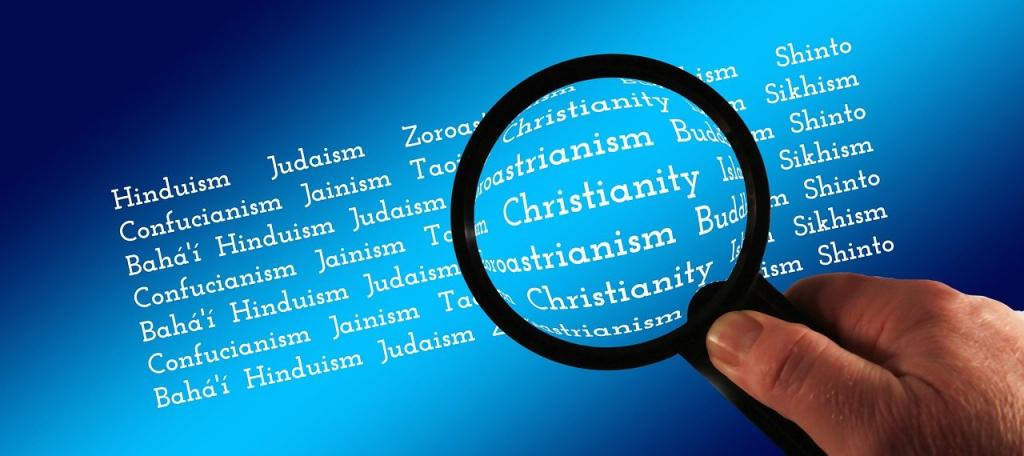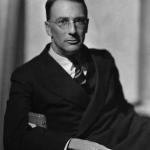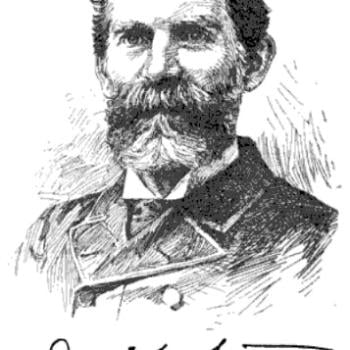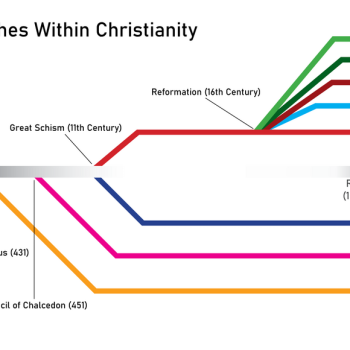New research on religion in America has some surprising findings that go against the conventional wisdom. It contains both good news and bad news for conservative Christians.
The 2020 Census of American Religion, conducted by the Public Religion Research Institute, is being described as “sweeping and exhaustive,” with an “unprecedented” dataset. So these numbers are considered reliable, more so than other studies surveying a smaller number of people. Here are some of the findings:
(1) Christianity in America is growing, not shrinking.
The study found that 70% of Americans say that they are Christians. This is up from the 65% found in a 2018-2019 Pew survey. (This is the first “census” from the PRRI, so we can’t compare findings directly.) That is still less than the 75% in 2015 and the 85% in 1990, but this new data suggests that the decline may have bottomed out and that the numbers are going up again.
(2) The number of Nones is declining.
In 2018, 25.5% of Americans said that they had no religious affiliation. In 2020, that percentage has declined to 23%. Again, that’s still a large number, but it suggests the tide may have turned.
(3) White Mainline Protestants now outnumber white evangelicals
The tide may have also turned for white liberal Protestants, who seem to have been in decline for decades, constituting only 13% of the population in 2016. That share has gone up, according to these 2020 numbers, to 16.5%. Meanwhile, the percentage of white evangelicals has plummeted from 23% in 2006 to only 14.5% today.
Thoughts and Questions
(1) The rise of liberal Christianity?
This data would seem to suggest that liberal Christianity is coming back. That disaffected evangelicals are deciding to become liberal Episcopalians, liberal Methodists, liberal Presbyterians, or liberal Lutherans rather than going all the way to Nones. After all, the Mainline Protestants, for the most part, are just as woke, just as tolerant when it comes to sex and gender issues, and just as accepting of other religions and individual spiritualities as those without a religion. OK, that’s probably too harsh. Liberal churches are at least likely to still have Baptism and some use of the Word of God, which can still have an effect. I look forward to seeing data from the Mainline Protestant denominations to see if their records confirm that they are, in fact, growing.
Then again, lay people in mainline churches don’t always obey their ecclesiastical leaders. The survey also found that mainliners are not as liberal, at least politically, as has often been assumed, on the basis of pronouncements from church officials. It found that mainline Protestants are fairly evenly divided politically, with 33% identifying as Republican, 35% as Democrat, and 30% as independent.
(2) Problems of definition
Consider the survey’s definitions of their key religious categories:
All respondents who identify as Christian are then asked: “Would you describe yourself as a ‘born again’ or ‘evangelical Christian,’ or not?” Respondents who self-identify as white, non-Hispanic, Protestant and identify as born-again or evangelical are categorized as white evangelical Protestants. Respondents who self-identify as white, non-Hispanic, Protestant and do not identify as born-again or evangelical are categorized as white mainline Protestants.
Quite a few mainline Protestants, including the most progressive among them, will say that they have been “born again.” The liberal members of the Evangelical Lutheran Church in America will say that they are “evangelical.” Conversely, many conservative Protestants no longer wish to call themselves “evangelical.” And “born again” can have different meanings, according to different theologies.
(3) How are we conservative Lutherans being counted?
How would we confessional Lutherans answer those questions? Some would say that, yes, we are “born again”–by Baptism (John 3:5)–and, yes, we are “evangelical,” as the first to be called by that name, referring to the centrality of the Gospel in our theology. Others, though, prefer to distance themselves from non-sacramental conservative Protestants, rejecting the kind of conversion associated with American evangelicals associated with those terms. Some surveys focus on beliefs, rather than experiences. They classify “evangelicals” as those who believe in the authority of Scripture and who believe that salvation comes from faith in Christ. By those criteria, we Lutherans of the Missouri Synod, Wisconsin Synod, the Evangelical Lutheran Synod, and other conservative Lutherans, would be counted in the “evangelical” category. Other surveys that look at specific Christian traditions, count all “Lutherans” together–usually as Mainline Protestants–oblivious to the chasm that separates the liberals from the conservatives. I suspect that this survey counts some of confessional Lutherans as evangelicals and some as mainliners. I further suspect that a similar confusion holds for conservative Anglicans, some conservative Calvinists, and other Christian groups that have their own denominations that are not easily classified as either “mainline” or “evangelical.”
(4) Racializing Religion
This study, like much else today, is preoccupied with race, devoting much of its attention to “White evangelicals” and “White mainline Protestants,” then breaking down the religion of other racial groups. Some of that is is interesting, but I wish that, at least, the numbers would have been added together for a fuller picture of the percentage of “evangelicals,” etc., in the U.S. For example, the study has found that 23% of white Americans identify as evangelical; 35% of black Americans; 28% of native Americans; 14% of Hispanics (50% of whom are Catholics); and 10% of Asian-Americans.
It is surely significant that groups that make up the Democratic base and that exercise considerable moral authority in progressive circles contain large percentages of conservative Christians, suggesting that there may be limits to how far Democrats can go in promoting secularist values.
So what is the total percentage of Americans, counting all races together, with evangelical and the various other beliefs? That would be significant in assessing the presence of those beliefs in contemporary American culture. That information could easily be calculated from the data, though it’s beyond my statistical skills. (A circle graph of the whole shows white evangelicals but doesn’t even give a breakdown for black or Hispanic evangelicals. That could be calculated from the percentages that were collected.)
Anyway, there is lots more here. I didn’t even get into the statistics for Catholics, which show stability after an earlier decline, nor into the age and political breakdowns. Read this for an account of the findings from the Religious News Service. Go here for the whole study.
Image by Gerd Altmann from Pixabay













